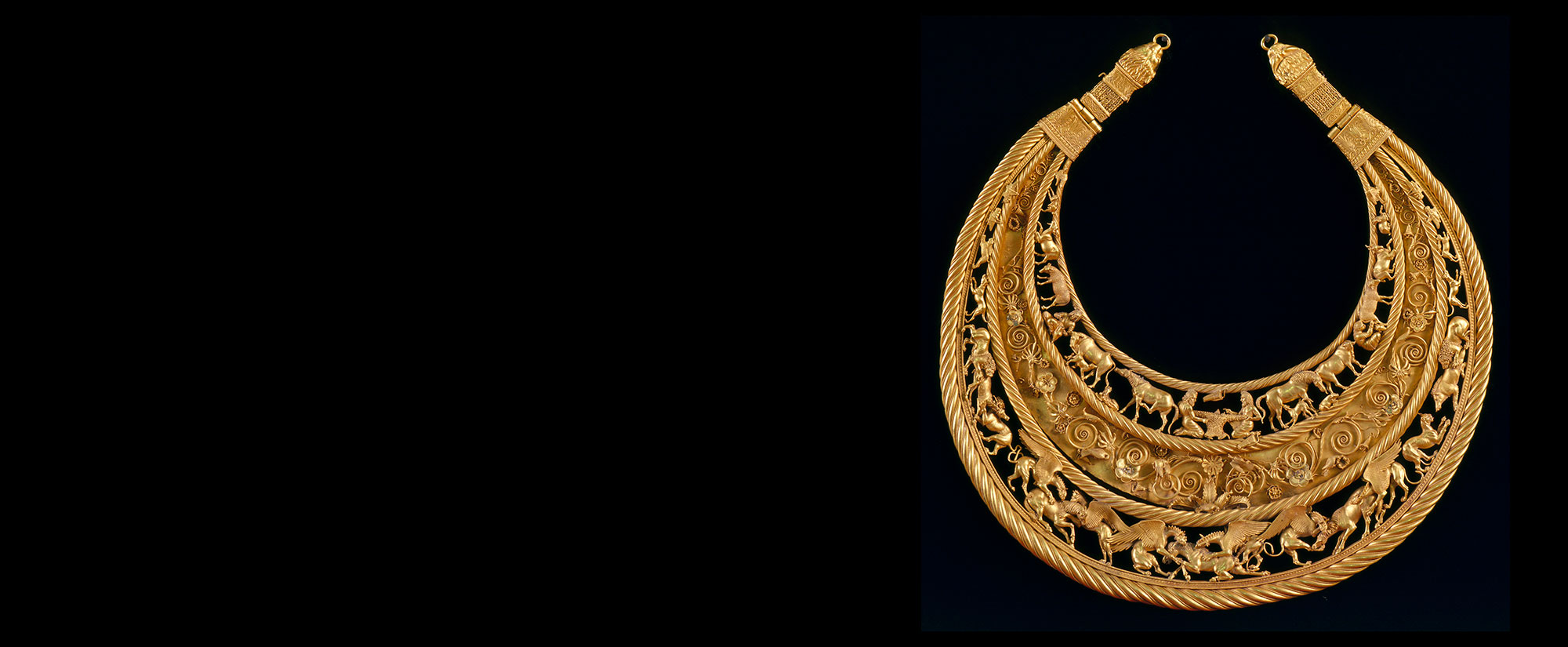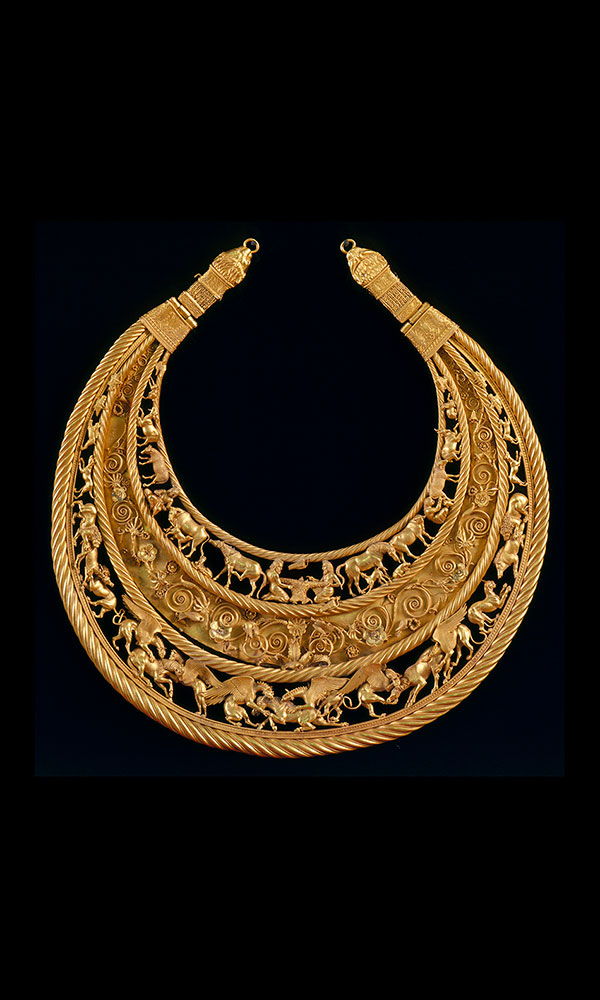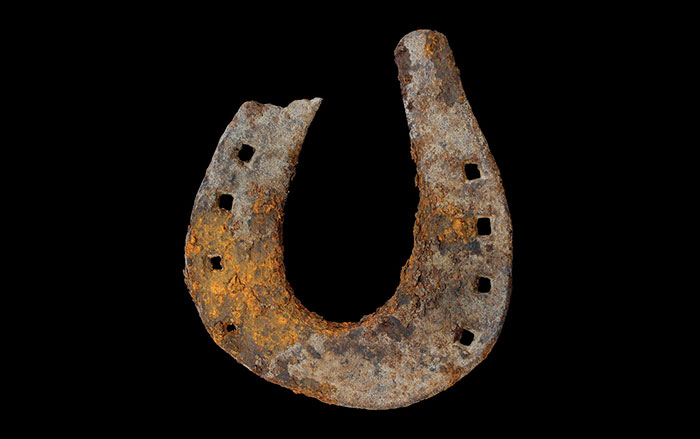
NEW SOUTH WALES, AUSTRALIA—According to a report in Nature, archaeologist Thomas Sutikna and geochronologist Richard Roberts of the University of Wollongong say that two teeth from modern humans have been found in the Indonesian cave where the remains of Homo floresiensis were discovered in 2003. The teeth have been dated to 46,000 years ago, making them slightly younger than the estimated date for the extinction of the hobbits some 50,000 years ago. The upper premolar and lower molar are larger than the teeth of H. floresiensis, but some scholars are not convinced that they belonged to a modern human. Other evidence for the presence of modern humans in the cave after the hobbits disappeared includes fireplaces and freshwater mollusk shells. “What we don’t yet know is whether there was at least a short overlap in the populations, thus raising the question once again of the possible role of modern humans in the extinction of floresiensis,” commented paleoanthroplogist Chris Stringer of the Natural History Museum in London. To read about another discovery in Indonesia, go to "The First Artists."











